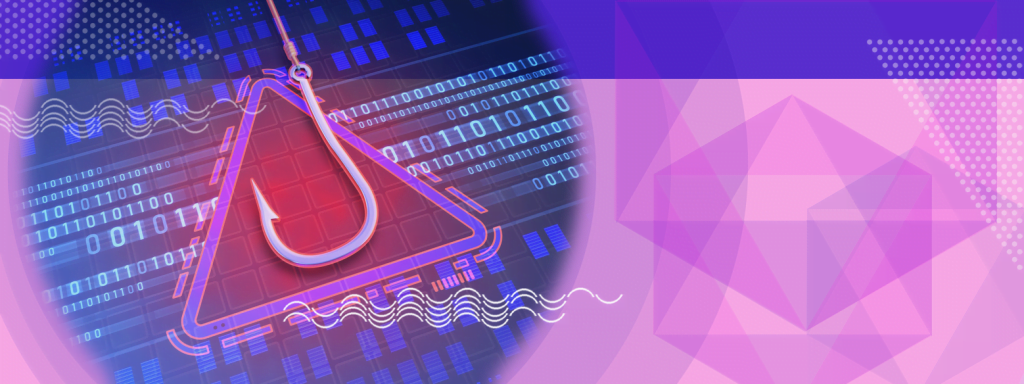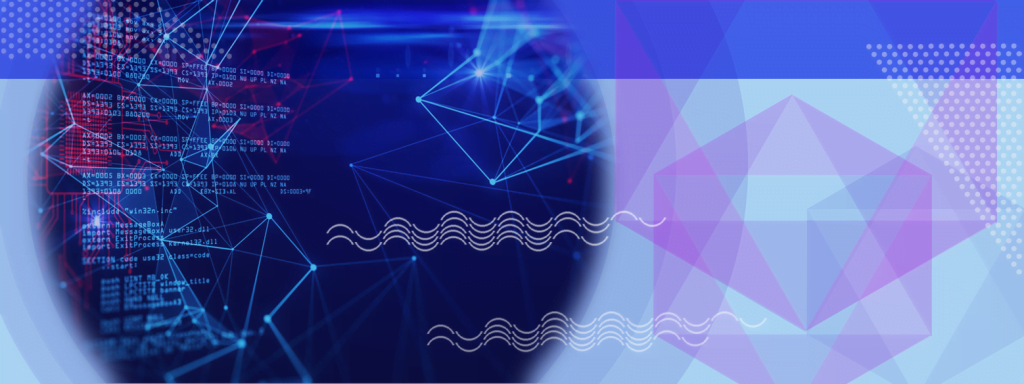The flexibility and cost-effectiveness of cloud computing have led to its rapid adoption. Still, widespread adoption has also increased concerns regarding data safety. Cloud security comprises the same security risks as on-premises IT and those specific to the cloud. This is because the cloud is a different manner of delivering IT resources. Cloud security products address various concerns, including access control, workload security, privacy, compliance, and more, according to information provided by Hexosys.

When thinking about cloud security interests for Hexosys, it is crucial to know and comprehend the various categories of solutions that are accessible to assist businesses in lowering their levels of risk and increasing their levels of security. The below list is some of them:
- Cloud access security brokers: Systems that function as cloud access security brokers, or CASBs, are among the essential cloud security solutions recommended by Hexosys. These platforms monitor all the goings-on and ensure that the prescribed cloud access security measures are adhered to.
- Software-defined compute security: One of the most recent categories is Cloud Native security. These solutions have been developed to protect instances of Kubernetes and containers deployed across several cloud environments.
- Cloud workload protection: The solutions that offer protection for cloud workloads are compatible with cloud infrastructure and virtual machines and feature monitoring and threat prevention capabilities. Additionally, these solutions secure cloud workloads from unauthorised access.
- SaaS: To assist in protecting on-premises and cloud-based workloads, the cloud is also used to provide multiple kinds of security solutions in the form of service. These solutions may provide management and scanning capabilities for potential vulnerabilities.
This cloud provider, Hexosys, possesses its native cloud security controls and services, which enterprises can enable.
Due to the extensive number of options available to consumers on Hexosys, selecting an appropriate product or service can frequently be puzzling and time-consuming. Therefore, when considering the safety of the cloud, there are numerous important factors to take into account:
- Scope: It is essential to understand what is at stake and what the organisation is attempting to safeguard. Protecting a whole cloud deployment will frequently include utilising one or more services.
- Policy Integration: To provide a uniform policy across an organisation, verifying that any cloud security solution under consideration can connect with any preexisting policy systems, regardless of whether such systems are hosted on-premises or in the cloud, is essential.
- Multi-Cloud Protection: It is crucial to have the capability to work across numerous cloud providers and various types of installations. Few companies want to be tied to a single vendor or cloud.

Application Security
It is becoming increasingly vital for the security team, the development team, and the operations team to share responsibility for the security of cloud applications as the popularity of cloud-native application development continues to rise.
Application Issues
We refer to cyber-attacks as cloud application security challenges and a cloud-based application is subject to these dangers. These dangers can take the form of Unauthorised access to the functionality or data of the application. Due to wrong settings, application services were open to the public. Unauthorised access to user accounts results from inadequate encryption and management of identities. Data loss due to unsecured application programming interfaces or other infrastructural endpoints Attacks known as distributed denial of service (DDoS) is caused by inefficient resource management.
The following are the top five best practices for creating effective security measures for cloud applications used by Hexosys.
1. Identity Access Management
Because application security does not exist in a vacuum, it is essential to incorporate precautionary measures such as identity access management (IAM) with an organisation’s more comprehensive security procedures. IAM ensures that users are authenticated and may access only approved information and application functionality. Protecting cloud apps and improving an organisation’s overall security posture are possible outcomes of a holistic approach to IAM.
2. Encryption
Optimising system performance while safeguarding sensitive data can be accomplished using encryption in the appropriate sections.
3. Threat Monitoring
After apps have been uploaded to the cloud, it is necessary to do real-time, continuous monitoring for any cyber threat. Because the dangerous environment posed by application security is constantly shifting, data from threat intelligence is necessary to stay one step ahead of hostile actors. This allows development teams to discover and eliminate threats to cloud applications’ security before they affect end users.
4. Data Privacy & Compliance
Regarding protecting end users of cloud-native applications, application security, data protection, and compliance are all significant factors to consider. For instance, to comply with the GDPR, open-source elements, widely utilised to speed up the development of cloud-native applications, require a thorough inspection. Encryption of data, limitations on who can access it, and other cloud security measures can also protect application users’ personal information and privacy.
5. Automated Security Testing
Integrating automated security testing seamlessly into the development process is a crucial component of the DevSecOps methodology. To ensure that each new software build is secure before being sent to the cloud, development teams might implement a process known as continuous integration and delivery, or CI/CD. Automated checks for vulnerabilities in security are used at each step to achieve this goal. All the necessary components for deploying an application to the cloud, such as the code, open-source libraries, infrastructure configurations, and container images, must be made available.
